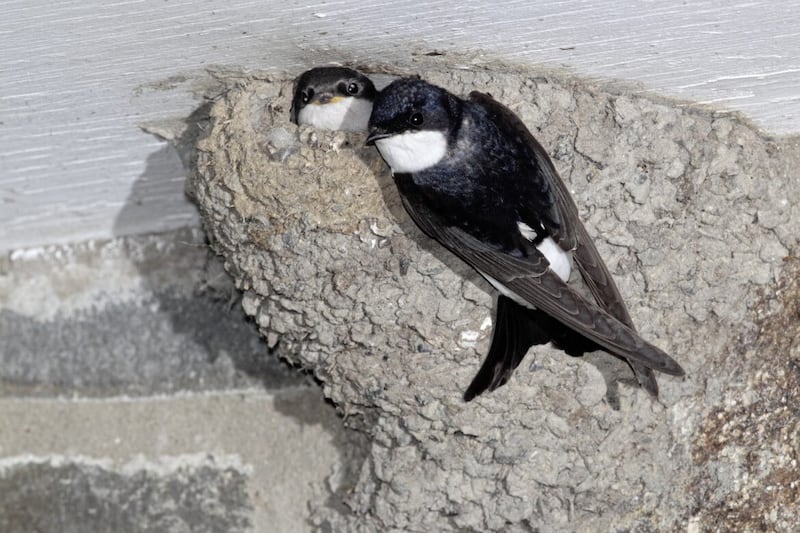DURING a break in play at my home club an Droim Mór's recent thriller of a Tyrone championship encounter against title holders Dungannon, I noticed a solitary whooper swan flying relatively low in the night sky just above the floodlights of Healy Park, Omagh.
It looked insecure, off track, and I wondered had it been disorientated by the strong artificial beams of light and become separated from a skein of companions, seeking a safe landing place to roost for the night.
Having negotiated a gruelling journey of 1,400km across the north Atlantic Ocean, this hardy swan, I reasoned, would be able to recalibrate and re-join the flock.
Most of the whoopers currently arriving here for the winter are Icelandic breeding birds and form widespread flocks across Ireland's inland loughs, farmland and bays.
They enjoy the comfort of our relatively mild winter season, feeding mostly on aquatic vegetation but also on agricultural grasslands. Last year a total of 19,111 whooper swans were recorded across Ireland (Irish Wetland Bird Survey 2020).
The whooper is just one of many bird species including ducks, geese, and waders which come here to avail of our mild winters.
As well as these arrivals, resident populations have their numbers swelled during the winter months by an influx of their own kind from colder lands, such as blackbirds and robins.
The often-overlooked tufted duck, widespread in our large open lakes, is another such bird. Affectionately known as 'tufties', Aythya fuligula, are diving ducks with a distinctive tuft or feather wave on the head.
Common around the waters of Enniskillen, I watched small parties of them there a week ago, the male with its distinctive black and white colouring, contrasting bright yellow eye, and the universally brown female, with her shorter tuft.
The Latin 'fuligula', meaning 'sooty-throated' references the bird's dark colour, something Belfast poet Michael Longley mentions in his poem The Leveret, writing of,
"...a tufted duck on David's lake
With her sootfall of hatchlings, pompoms
A day old and already learning to dive."
Tufted ducks feed mostly on mussels and other aquatic invertebrates and their numbers are boosted in winter by thousands coming from Scandinavia to join local birds forming larger flocks especially on Lough Erne and Lough Neagh.
Studies however, (Allen and Mellon, 2006; Maclean et al., 2006) have shown a decline in the numbers of visiting tufted ducks, with warmer global temperatures one possible cause, enabling them to remain close to their breeding territories.
The Irish for duck, lacha, is joined by badánach, tufted, to give lacha bhádanach, the Irish name for the bird.
Ducks have appeared in many ancient Irish narratives like The Book of Invasions, and tales of Fionn Mac Cumhaill, although in most cases individual species weren't named.
Watching the tufties on the Erne, I thought about their namesakes soon to arrive along with the other winter migrants and the challenges they face in getting here.
This brings me again to that riveting game I mentioned at the top of the piece, when Dromore, somewhat like the whooper swan, were thrown off course in the opening stages of the game, as early goals from Dungannon stunned the men in blue, leaving them eight points adrift with only eight minutes played.
Dromore, however chipped away at the lead, clawing their way back, with skill and relentless determination to dramatically force the tie into extra time, and eventually run out winners by four.
Like the thousands of visiting birds which make those exhausting journeys here, overcoming many obstacles along the way, the team's performance that night was the epitome of courage and resilience.







